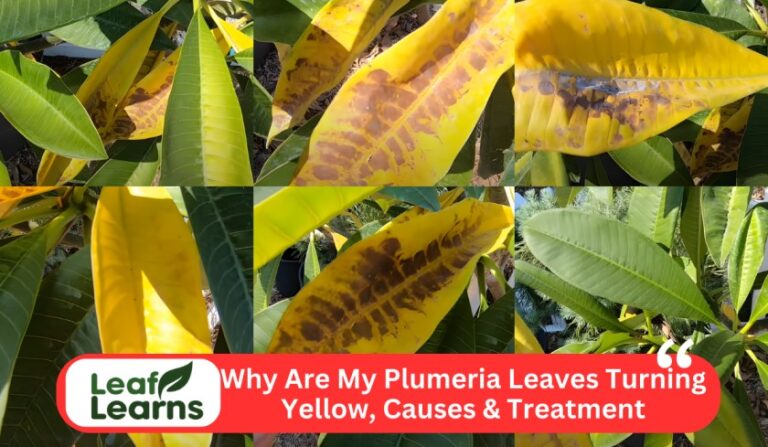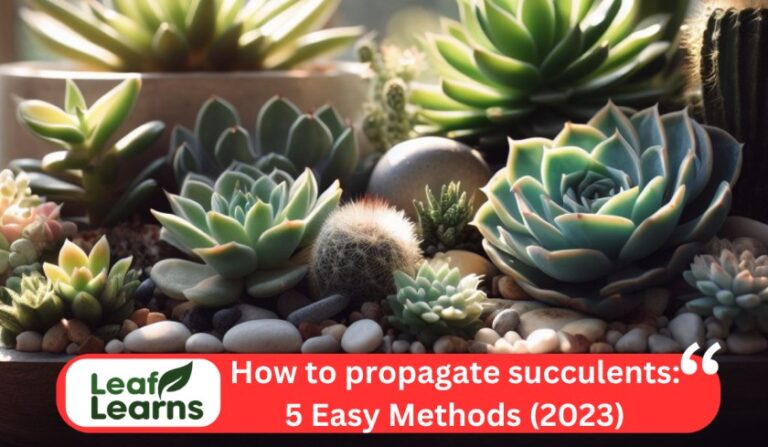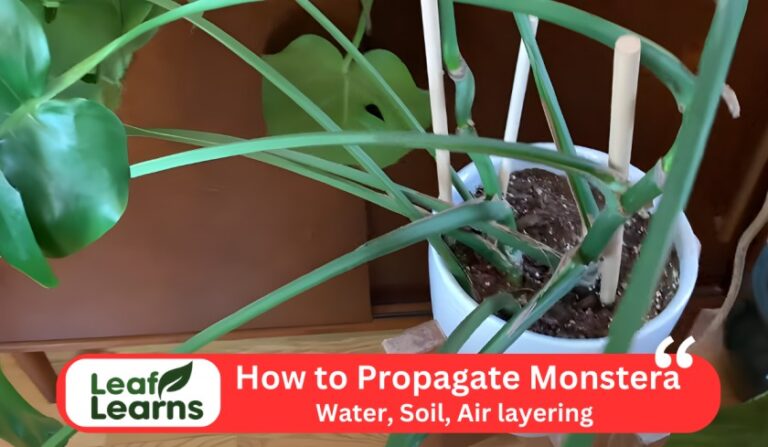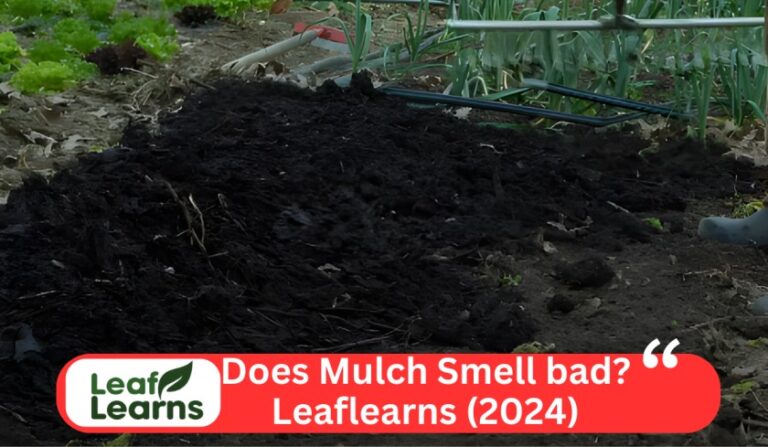How Pot Drainage Holes Safeguard Every Part of Your Plants (2023)
Your plants’ lives and deaths depend on Pot drainage holes, those seemingly insignificant holes at the bottom of their pots. They maintain the delicate balance between moisture and air that roots need to thrive.
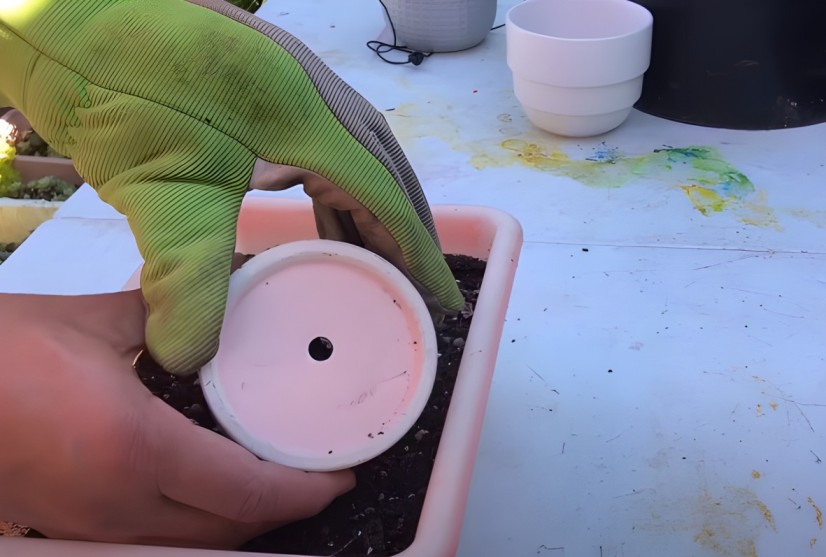
Drainage is important for the health of plants
Think of a plant’s roots as living, breathing entities. Air is essential to their survival, just as it is to every other living thing. An undraining pot creates a waterlogged environment devoid of oxygen when excess water accumulates. A cascade of problems ensues as a result of this suffocation of the roots:
- A fungal disease that thrives in moist environments, Root Rot slowly kills your plants by rotting their roots.
- Healthy roots allow plants to absorb nutrients and water effectively, resulting in stunted growth and weak, sickly appearances.
- As a result of waterlogging, nutrients are not properly absorbed, resulting in yellowing leaves and stunted growth.
| Topic | Information |
| Purpose of Drainage Holes | Provides essential water drainage, preventing overwatering. |
| Prevention of Root Rot | Adequate drainage reduces the risk of root rot and diseases. |
| Selection of the Right Pot | Optimal pot choice includes one with drainage holes and a saucer. |
| Water Management | Promotes a balance for proper water management in the soil. |
| Determining Pot Needs | Number of drainage holes depends on plant size and type. |
| Size and Placement Consideration | Discussed in Size and Placement of Drainage Holes. |
| Creating Drainage Techniques | Methods include drilling holes in ceramic pots and potting with drainage holes. |
| Challenges of No Drainage Holes | Solutions like covering drainage holes and adding a layer of rocks. |
| Variety in Pots | Options range from Bonsai Pot Drainage Holes to Terra Cotta choices. |
| Explanation and Clarification | Essential for understanding the purpose and addressing common questions. |
| Handling Pots Without Holes | Tips for overcoming challenges, including drilling holes or using Pot De Drainage Holes. |
| Balance in Potting Practices | The art of potting, covering, and maintaining healthy plants relies on a delicate balance between drainage and care. |
When planted in pots without holes for drainage, this is what they will experience. The consequences are dire:
- A fungus gnat can cause havoc on the roots of your plants when they thrive in moist environments.
- In stagnant water, mold and mildew thrive, creating an unsightly and potentially harmful environment.
- Your home will be less welcoming as waterlogged roots decompose, emitting unpleasant odors.
Contents
- 1 Why Are Pot Drainage Holes Important?
- 2 What Happens When You Don’t Use Plant Pots With Drainage?
- 3 Creating Plant Pots With Drainage
- 4 How to Use Pots with No Drainage Holes
- 5 What Are Drainage Holes in Pots For?
- 6 Can Plants Grow Without Drainage Holes?
- 7 Tips for Covering Drainage Holes in Pots
- 8 Why Do Houseplant Pots Need to Have Drainage Holes?
- 9 What if My Pot Doesn’t Have a Hole?
- 10 Role of Ariana Pot Drainage Holes in Gardening Excellence
Why Are Pot Drainage Holes Important?
Champion of Waterlogging: Drainage holes prevent stagnant water from accumulating. Whenever roots are suffocated by excessive water, harmful bacteria breed and thrive. As a result of these holes, the roots breathe and flourish, allowing the water to escape.
Oxygen Whisperers: Plants need oxygen to flourish, just as humans do. By creating air pockets within the soil, drainage holes act as oxygen whisperers.
As a result, roots are able to readily access the vital element, which promotes optimal growth and development.
Waterlogged environments are the ideal environment for root rot, the scourge of many plants. Pot Drainage holes protect your plant from excess moisture by preventing excess moisture from entering.
By creating a hostile environment for fungi and bacteria, they prevent the roots from becoming infected.
What Happens When You Don’t Use Plant Pots With Drainage?
Imagining standing in water for hours will help you understand root rot. You would lose feeling in your feet, and eventually, your feet would rot. Whenever roots are submerged constantly, they die.
Overwatering suffocates roots and provides a breeding ground for harmful fungi when there is no drainage. The result is root rot, which causes brown, mushy roots that eventually die.
The effects of poor drainage extend beyond roots to leaves as well. Whenever there is too much water, damp conditions are created, which attract bacteria and fungi.
There are three types of pathogens that cause leaf spots, which appear as brown, yellow, or black spots on leaves. In the course of the disease, the spots become larger and merge together, forming large, unsightly patches.
You will see your plant weakened and bare if its leaves are severely damaged. So Pot Drainage Holes are too good for plant health.
Plant roots are affected by poor drainage, which disturbs the delicate balance between moisture and air around them. A number of problems can arise as a result, including:
- Decreased flowering and yellowing leaves
- Several pests are attracted by damp conditions, including slugs, gnats, and fungus gnats. Further damage is caused by these pests, contributing to the decline of your plant.
Creating Plant Pots With Drainage
Good drainage is essential for happy houseplants! Drainage plant pots are easier to make than you might think. Here are three ways to approach it:
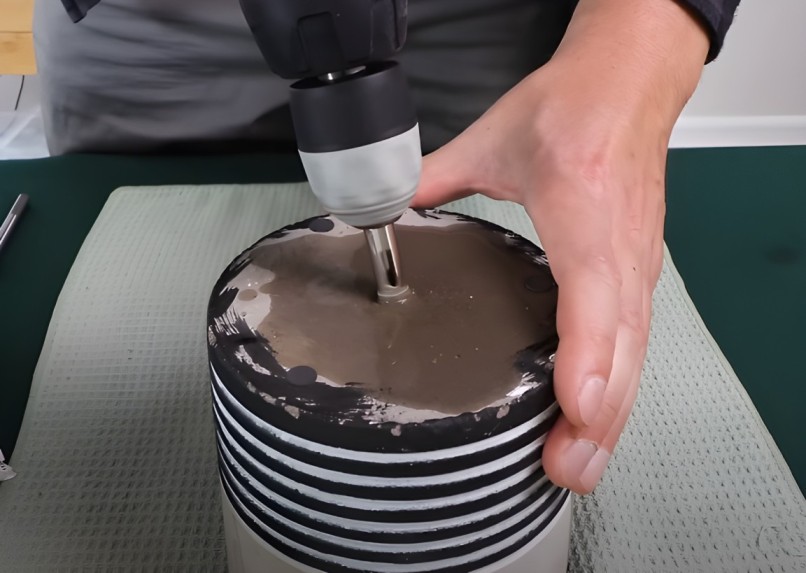
DIY Approach: Drill Your Own Plant Pot Holes
You can turn your favorite decorative pot into a functional planter. The material of the pot should be terracotta, ceramic, or plastic so that it can be drilled easily.
Prepare the bottom of the pot by drilling drainage holes with a hand drill and an appropriate drill bit. To prevent soil loss, make sure the holes are large enough to provide adequate drainage.
Doubling Up On Decorative Pots for Aesthetic and Practical Benefits
Beauty and function are combined in this approach. If your plant pot with drainage has drainage holes, choose a decorative pot without them. You can now place your small plant pot inside your large pot.
Your plant display is stylish and has effective drainage. Besides making it easier to clean and water, this also makes it easier to remove the inner pot.
Adding a Drainage Layer to Your Plant Pots for Enhanced Drainage
Regardless of whether your plant pot is equipped with drainage holes, you may wish to include a layer of gravel or pebbles at the bottom.
Further minimizing the risk of root rot, this layer creates air pockets and allows water to flow freely. So Pot Drainage Holes are so important for plant health.
How to Use Pots with No Drainage Holes
You can keep your greenery happy and enjoy your vessel while overcoming this obstacle.
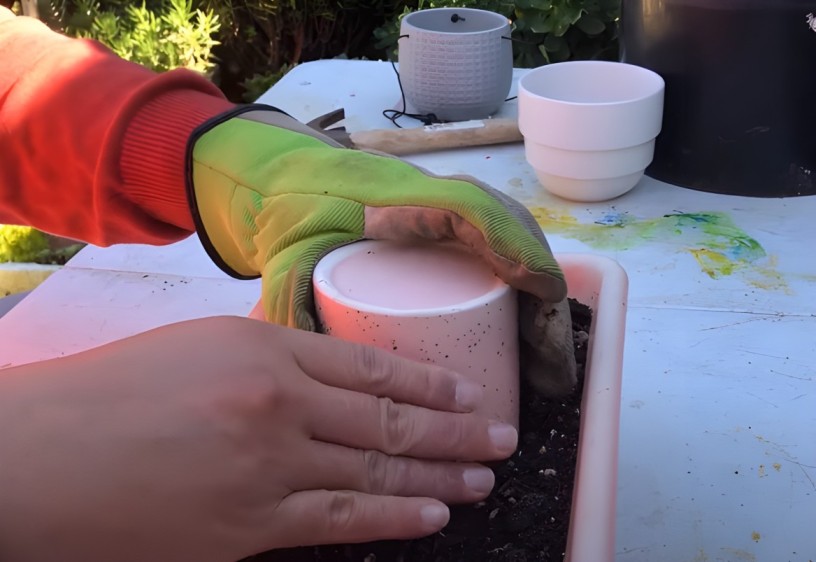
The Problem: Stagnant Water and Root Rot
Pots without drainage pose the main challenge of waterlogging. A wet soil and root rot are the result of excess water that cannot escape. Plants are slowly suffocated by this silent killer, eventually killing them.
Method 1: Embrace the Drill
Drilling holes in your pot is the most straightforward solution. Put on safety glasses and choose a drill bit that is slightly smaller than the hole size you desire.
The first few pilot holes should be drilled in a small diameter, then they can slowly be widened. There is no limit to how many holes you can add, but they cannot be removed!
Method 2: The Inner Planter Trick
An inner planter is a good choice if you aren’t comfortable drilling. The trick is to place a small pot with drainage holes inside your decorative pot.
In the decorative pot, line the bottom with pebbles to allow excess water to pool. As a result, you can prevent waterlogging while creating a reservoir for your plant to access.
What Are Drainage Holes in Pots For?
We’ll take a look at drainage holes and why they are so important for potted plants.
Understanding the Purpose
Pots with drainage holes prevent waterlogging by allowing excess water to escape. Air and water are equally important for plants to reach their roots.
Plants are killed when root rot, stunted growth, and even death occur when water builds up in the pot. So Pot Drainage Holes are essential for their proper growth.
Plants That Thrive in Well-Draining Conditions
Succulents, leafy ferns, and most plants prefer well-drained soil. These include:
- Cacti and succulents: In soggy conditions, these desert dwellers may suffer from root rot.
- In humid soil, aromatic herbs such as basil, rosemary, oregano, and thyme grow best. However, if it’s overwatered, it can suffer from fungal diseases.
- The soil between waterings should be slightly dry for many popular indoor plants, such as philodendrons, snake plants, and spider plants.
Is One Drainage Hole Enough?
Plant requirements and pot size determine the number of drainage holes needed. For small pots (up to 6 inches), one hole is usually sufficient, but for larger pots, 2-3 holes may be necessary.
To prevent soil from clogging the holes, make sure they are large enough to allow water to freely flow.
Can Plants Grow Without Drainage Holes?
Healthy plant growth depends on drainage holes, which prevent a variety of problems. Putting plants in pots without drainage holes has both pros and cons. Let’s look at both sides of the story.
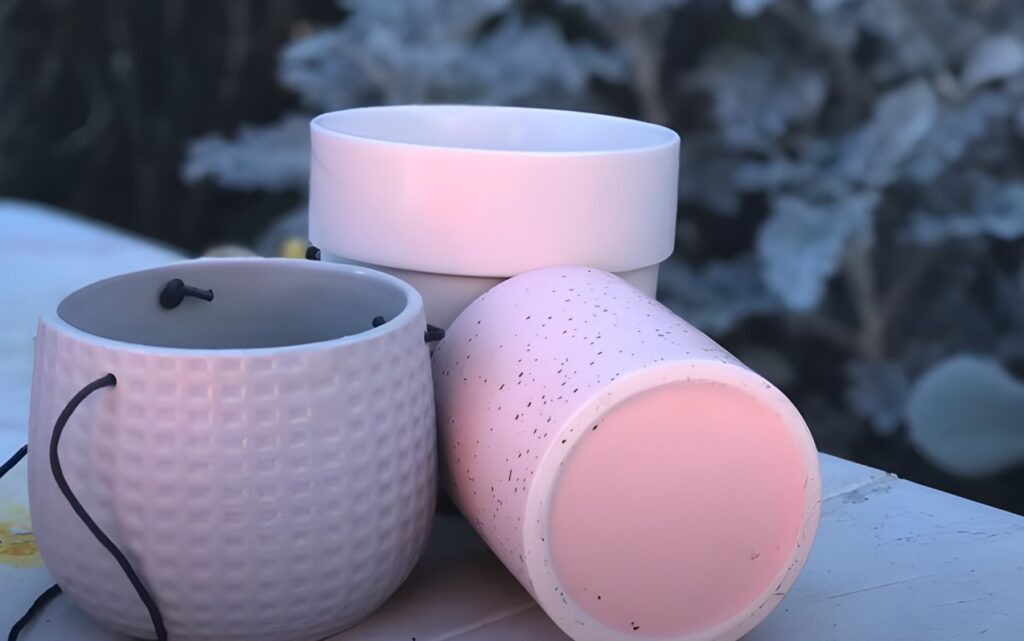
Pros of Growing Plants Without Drainage Holes
- No more dripping water onto your furniture from the pot! Indoor plants on sensitive surfaces benefit especially from this.
- Adding humidity to a pot without drainage holes can be beneficial for some plants, such as ferns and orchids.
- There is less frequent watering required for plants in non-draining pots because they retain moisture for a longer period of time. If you’re forgetful about watering your plants or are busy, this can be convenient.
Cons of Growing Plants Without Drainage Holes
- A pot without drainage can easily become waterlogged, which leads to root rot and waterlogging. Plants that prefer drier soil are especially susceptible to this.
- Plant health can be negatively affected by mineral buildup from fertilizers and tap water.
- Growing Media Options are Limited: Potting mixes without drainage may not be suitable for all types of plants. An excessive amount of water may be retained by some plants, causing overwatering to occur.
- The difficulty in monitoring soil moisture is exacerbated by the absence of drainage holes in pots. Root rot can be caused by excessive moisture, while stress from underwatering can be caused by excessive moisture.
Common Problems Associated with Pots Without Drainage Holes:
- A fungal disease that thrives in wet conditions, root rot can quickly destroy roots of plants.
- Plant roots can be damaged by fungus gnats, which are attracted to moist soil.
- It is possible for minerals to build up on plant surfaces, preventing the plants from absorbing essential nutrients.
- Several factors can lead to the death of your plant, including overwatering and root rot.
Tips for Covering Drainage Holes in Pots
This article explores some effective ways to cover drainage holes while maintaining plant health and drainage.
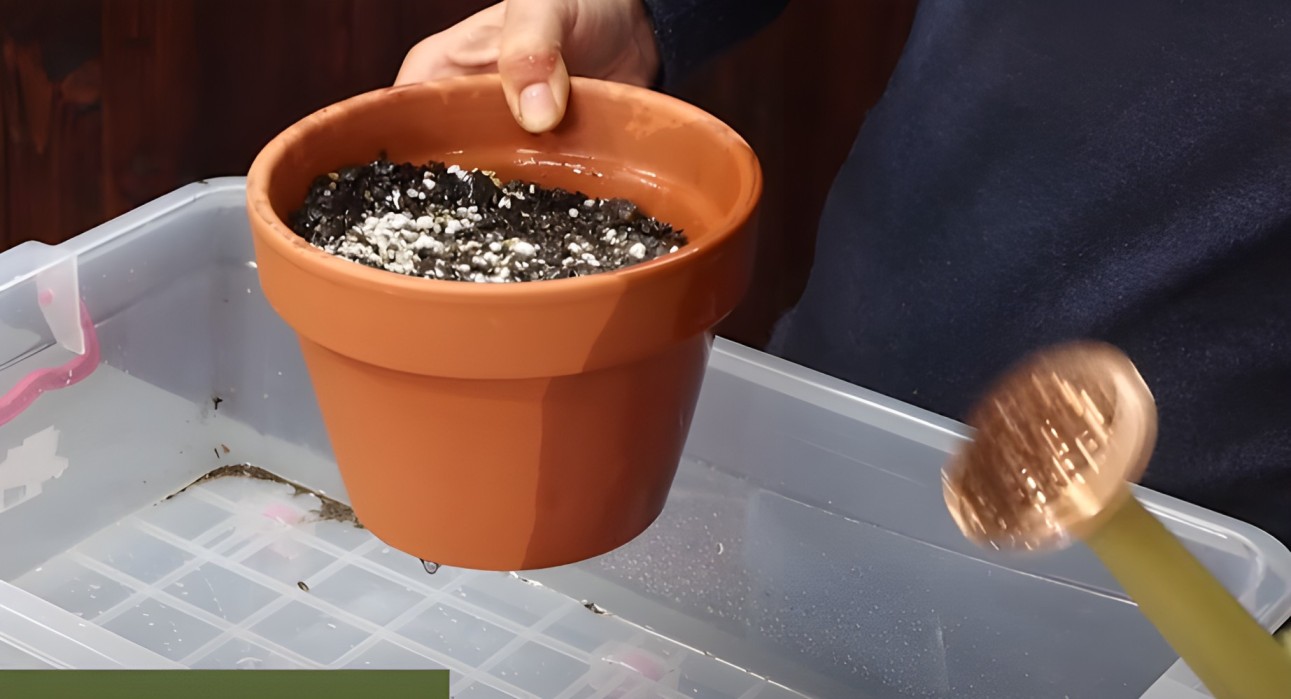
There are three main approaches to covering drainage holes
- Water passes through mesh screens or coffee filters while soil is prevented from passing through.
- For decorative purposes or to create a watertight base for terrariums, stickers or foil can be used to seal the holes.
- You can create custom planters from concrete or cover holes in broken pots with this permanent option.
Use of Filters to Cover Drainage Holes
Step 1: Choose the right filter. The use of plastic mesh is recommended for long-term applications, while the use of coffee filters is recommended for short-term uses.
Step 2: Cut the filter to size. You should make sure it covers the drainage hole completely with some overhang.
Step 3: Secure the filter. It should be placed over the hole and pressed firmly. A hot glue gun or glue can be used for extra security.
Considerations for Method #1:
- Drainage can be impeded by clogged filters over time. Keep them clean or replace them on a regular basis.
- Filters with appropriate pore sizes should be chosen. If it’s too small, the soil will drain poorly, and if it’s too large, the soil won’t hold.
Stickers, Foil, and Concrete: Alternatives for Covering Drainage Holes
Method #2: Sticker or Foil
Start by cutting a piece of sticker or foil that is a bit larger than the drainage hole.
The sticker or foil should be applied to the underside of the pot, covering the hole completely.
Considerations for Method #2
- Watertightness may not be guaranteed with this temporary solution.
- There is a possibility that stickers will peel off over time, and foil may tear easily.
Method #3: Using Concrete
Concrete Mixing Process
Concrete should be mixed according to the instructions on the package.
The next step is to add water and blend until you reach a thick, pourable consistency.
Pouring and Plugging
The first step is to turn the pot upside down and place it on a protected surface.
The concrete mixture should be poured into the drainage hole until it completely fills it.
Concrete should be pushed into crevices with a stick or spoon.
Follow the instructions on the package for allowing the concrete to dry completely.
Alternative to Concrete
Alternatively, you can use a mixture of sand and glue instead of concrete. Watertightness and durability may not be as good with this option.
Considerations for Method #3
- As a permanent solution, this cannot be reversed.
- Cracks and chips can occur in concrete as it ages.
- Prior to planting the concrete, make sure it is completely dry.
Why Do Houseplant Pots Need to Have Drainage Holes?
In the world of happy houseplants, drainage holes are unsung heroes. Your leafy friends depend on these seemingly insignificant openings to prevent overwatering and promote root health. Let’s discuss some common concerns about drainage holes.
Importance of Drainage Holes for Indoor Plants
- Don’t overwater: Too much water in the soil leads to soggy soil, suffocating roots, and ultimately root rot. The drainage holes prevent these problems by allowing water to escape.
- The drainage holes in the soil allow air to circulate to the roots, promoting root health. In addition to preventing fungal diseases, this promotes the growth of strong roots.
- Salts and minerals accumulate in the soil over time, harming your plants. These drainage holes ensure that salts are flushed from the soil, maintaining a healthy ecosystem.
- It is important to prevent insect infestations by preventing soggy soil from attracting fungus gnats and other pests. These issues are prevented by drainage holes, which keep the soil healthy and dry.
- So Pot Drainage Holes are very necessary for plant growth.

What if My Pot Doesn’t Have a Hole?
- Create a small drainage layer by placing pebbles at the bottom. However, it’s not as effective as actual holes.
- Water can drain while the decorative pot is protected by a liner with holes.
- The best way to keep your plant healthy is to repot it. The pot should have drainage holes, and the potting mix should be well-draining.
Remedies for Pots Without Holes
- Keep the soil dry between waterings by watering sparingly. Overwatering can be minimized by doing this.
- Using a moisture meter will help you determine when to water your plants.
- Overwatering can cause yellow leaves and wilting in your plant, so monitor it closely.
Role of Ariana Pot Drainage Holes in Gardening Excellence
In the world of gardening, the Ariana Pot Drainage Holes have become a crucial consideration for plant enthusiasts. Ensuring that your plant thrives starts with selecting the right pot, such as one with Drainage Holes and a Saucer.
This combination provides the necessary balance for proper water management, preventing overwatering and potential root rot. For those wondering, “Does a Plant Pot Need Drainage Holes?” the answer lies in the health of your plants.
Knowing How Many Drainage Holes a Pot Needs depends on the size and type of the plant, a consideration tackled in Size and Placement of Drainage Holes. As you delve into the art of Creating Drainage in Pots, methods like How to Put Drainage Holes in a Ceramic Pot or How to Pot a Plant with Drainage Holes become valuable skills.
The challenges of Pots Without Drainage Holes prompt gardeners to explore solutions such as Tips for Covering Drainage Holes or Adding a Layer of Rocks to the Bottom. The diversity of Varieties of Pots and Drainage Holes, from Bonsai Pot Drainage Holes to Terra Cotta options, offers choices for every gardener.
Explaining and Clarifying Drainage Holes becomes essential to understanding the purpose behind them and addressing common questions. In overcoming Common Issues and Solutions, one might ask, “What If My Pot Doesn’t Have a Hole?” Well, drill a hole in it, or consider Pot De Drainage Holes for a French touch. Ultimately, the art of potting, covering, and maintaining healthy plants hinges on the balance struck between drainage and care, a delicate dance that seasoned gardeners have mastered.
So Pot Drainage Holes are too important for plant health.
FAQs
Do pots really need drainage holes?
Yes, most pots need drainage holes to prevent overwatering and root rot.
What can I use for drainage holes in my pots?
It is common to find holes in ceramic, terracotta, and plastic pots. If you use another type of pot, you can drill holes in it.
How many drainage holes should a pot have?
It is generally sufficient to have one hole for small pots. It may be necessary to drill 2-3 holes in larger pots.
What are drainage holes?
Excess water can drain out of pots, preventing them from becoming waterlogged.
Why put rocks in potted plants?
The pot becomes more stable and drainage is improved when rocks are added.
Are self-watering pots good?
Plants that require little maintenance may benefit from them, but others will require more attention.
How do you make a drain in a pot without holes?
The bottom of the pot can be filled with pebbles or mesh to create a makeshift drain.
Can you overwater a pot with drainage holes?
It is still possible to overwater a plant with drainage holes if it does not require much water.
How deep should a drainage hole be?
To allow water to flow freely, we recommend a depth of 1/4″ or more.
What happens to plants in pots without drainage holes?
Waterlogging can cause roots to rot, which can result in the death of the plant.
Are self-watering pots good?
The plant’s needs determine how much water it needs. Watering is more frequent for some plants, while others thrive in them.
How big should the drainage holes be?
In order to drain water quickly without losing too much soil, the size should be large enough.
Do all houseplants need pots with holes?
Plants that like moisture do best in pots with drainage, but some can thrive without it.
Do outdoor pots also need drainage holes?
It is important for outdoor pots to have drainage holes for the same reason as indoor pots.

